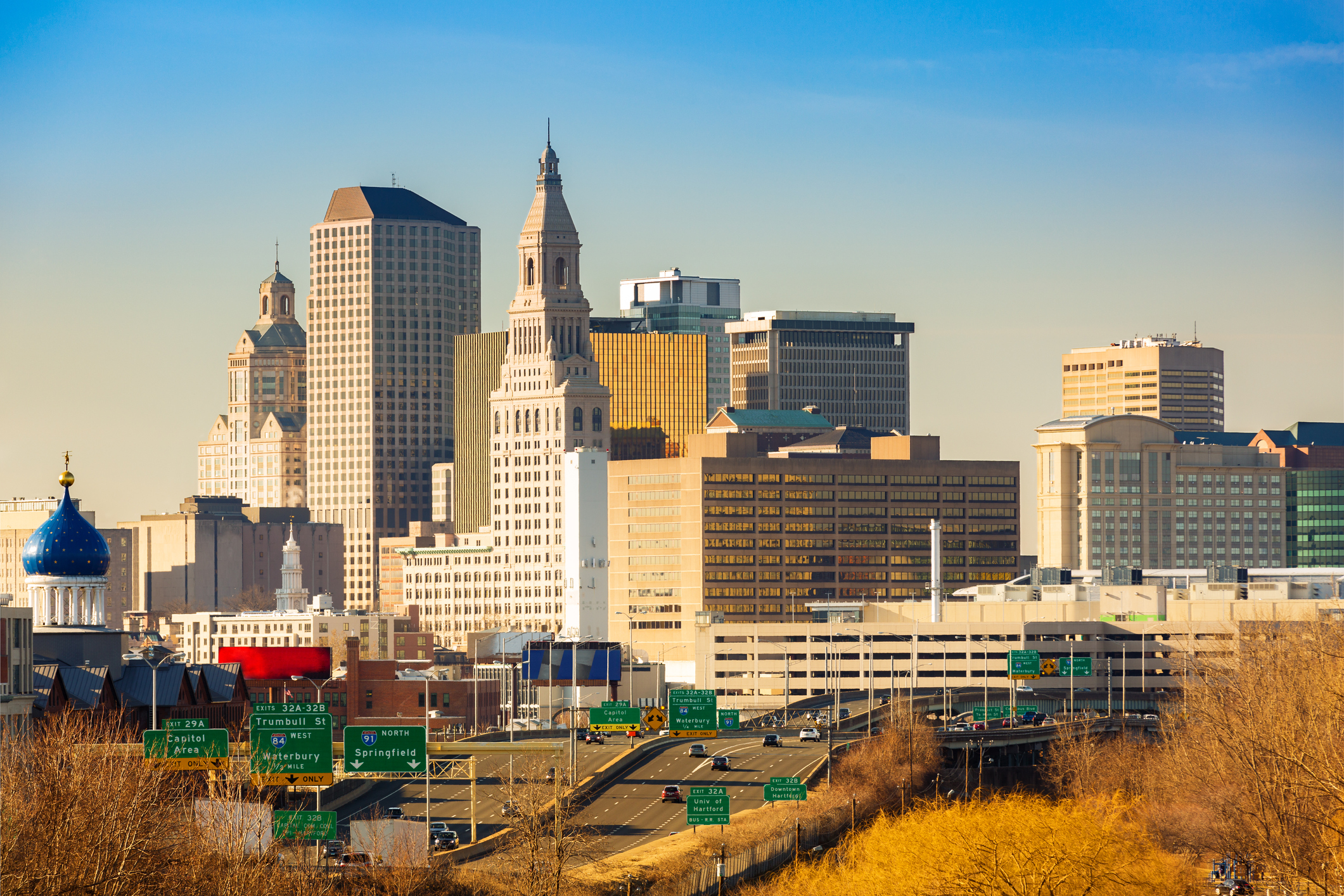The inner city neighborhoods of Hartford, Conn. are probably not the first place people think of when they consider the impact of global warming and climate change.
But that doesn’t mean the area is immune.
Climate change is the greatest threat to human health in the 21st century. It is not just about polar bears and melting ice caps. — World Health Organization
Heat tends to get trapped among the closely packed skyscrapers and multistory buildings dotting Hartford’s urban landscape, creating what climatologists refer to as ‘urban heat islands.’ These regions can maintain warmer temperatures two to five degrees higher than rural environments, putting stress on individuals and resources.
The impact can be particularly burdensome on those already struggling with other issues such as poverty, pre-existing health conditions, lack of access to health care, age, pregnancy, or lack of resources.
In response to these concerns, UConn anthropology professor Merrill Singer partnered with Family Life Education, a Hartford-based community service organization, in order to survey low-income residents living in one downtown Hartford neighborhood to gauge their awareness and understanding of climate change.
In a study recently published in the journal Medical Anthropology, Singer concludes that while the primarily Latino residents have a general awareness of climate change, they don’t know sufficient details about the phenomenon, and they have a strong desire to learn more in order to protect and prepare themselves and their families.
“The World Health Organization says climate change is the greatest threat to human health in the 21st century,” says Singer, a medical anthropologist whose research interests include the elimination of health disparities among different populations. “It is not just about polar bears and melting ice caps.”
Because of the heat island effect, cities tend to not only absorb more heat during the day but also retain heat during the night, so city dwellers don’t get a respite from the high temperatures like they might in more rural surroundings. “This can really contribute to health problems,” Singer says. Health concerns can include heat exhaustion, heat cramps, heat stroke, and respiratory and cardiac distress.
As temperatures rise, Hartford can expect to encounter hotter days and more frequent heatwaves. In fact, Singer says, it’s already happening. Extended heat waves in Hartford in the summers of 2014 and 2015 prompted city officials to open more than a dozen cooling stations to help residents struggling in the hot weather.
“Climate change is not an issue of the future. It’s started already,” says Singer, who has been working with Hartford’s inner-city Latino community for more than 35 years. “Yet unfortunately, this is not one of the issues that gets communicated.”
There’s a perception that poor people are not going to focus on climate change … But one of our key findings was just to the contrary. — Merrill Singer
In the survey, Hartford residents expressed anxiety and confusion about climate change, and were uncertain about the direct impact it might have on their lives. The residents also expressed a sense of helplessness, believing that climate change was something they could not manage or control. When asked, they said they would like to learn more about climate change and what is being done locally, so they could protect themselves and their families.
As one resident said, “I would really like it if you could make some pamphlets … some information [available] in Spanish, something that could help us all, not just me … what it is and how it is affecting us. I would be very grateful for that for my daughters, and for the generations that are coming behind us.”
Singer says there’s a widespread misconception that people living in poverty are not interested in climate change: “There’s a perception that poor people are not going to focus on climate change, that it is too obtuse, too vague, and perhaps too much to handle with everything else happening in their lives. But one of our key findings was just to the contrary.
“The people we surveyed were very much aware of it and quite concerned about it,” he continues. “They were particularly concerned with how it might affect their children and, as they are getting older, how it might affect themselves.”
Singer conducted the survey with the help of UConn anthropology graduate student Jose Hasemann and UConn senior Abigail Raynor, an honors student and member of the University’s pre-med program. As a second phase of the project, the team is working on ways to raise community awareness about climate change in Hartford, and increase local residents’ participation in discussions about mitigating the problem. The goal, Singer says, is to develop a workable model that other cities can emulate.
“We have found that the best way to reach people about the adverse effects of climate change is through health concerns,” Singer says. “Health is relevant to everybody and, given the threat to health posed by climate change, it is a real concern.”



